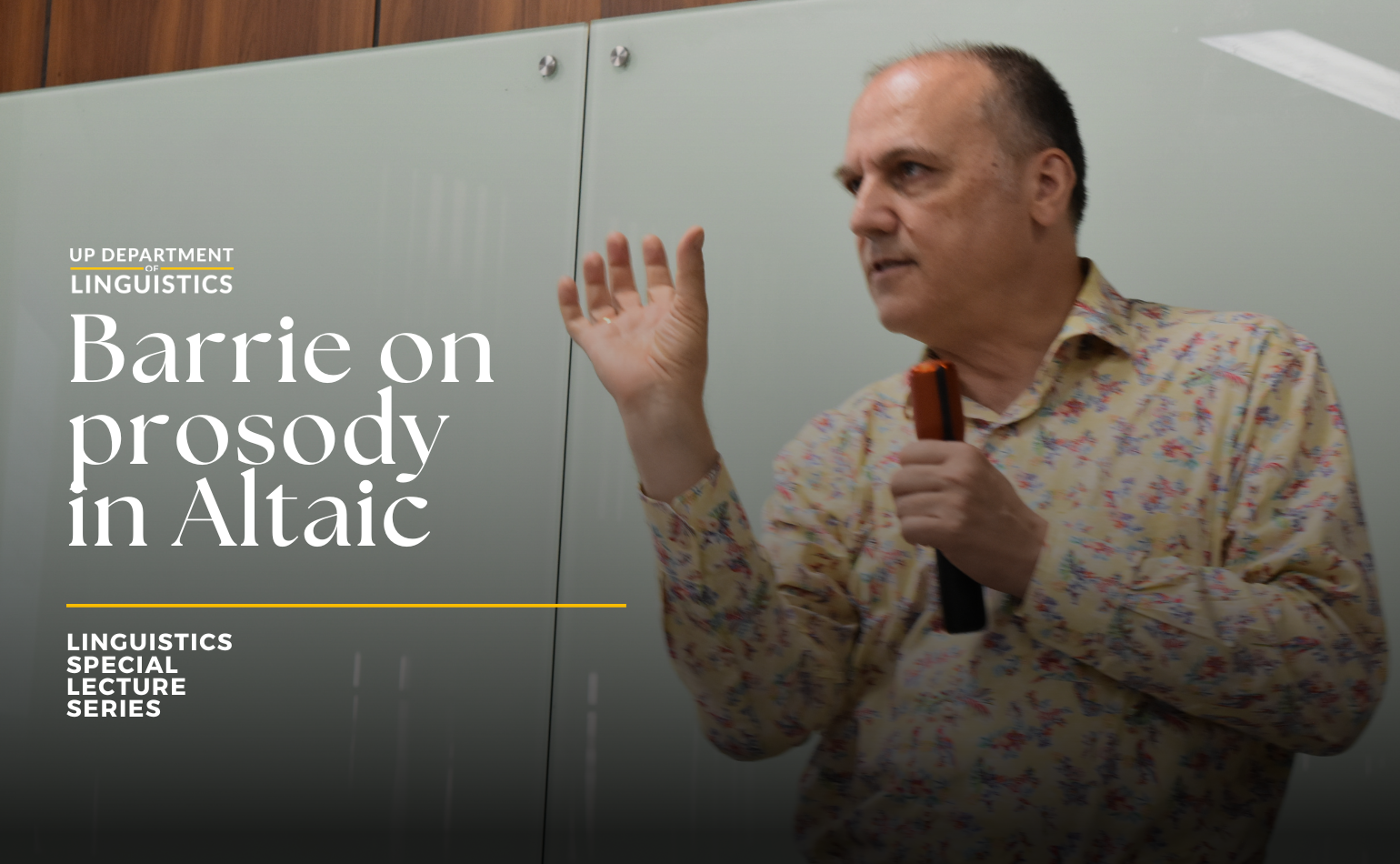
Asst. Prof. Maria Kristina Gallego was invited by the Linguistic Society of the Philippines (LSP) to deliver the 2nd RIPPLE (Researches, Insights & Perspectives on the Philippine Linguistics Enterprise) Public Lecture. She will be speaking on “Reconstructing agentivity, population dynamics, and language dominance: 150 years of contact and change in Babuyan Claro, Philippines” on 30 July 2022, Saturday, at 2:00 PM (Philippine Standard Time). Below is the abstract of her talk:
Reconstructing agentivity, population dynamics, and language dominance: 150 years of contact and change in Babuyan Claro, Philippines
The outcomes of language contact and change exist within the socio-historical context of the community that uses the language, and so the sociolinguistic dynamics of a community are expected to be reflected in corresponding layers of language change.
Babuyan Claro presents a case study that highlights the importance of this connection. The island community, located in the far north of the Philippines, emerged out of a series of migrations and intense social contact between people from two different, but closely related, ethnolinguistic groups: Ivatan/Itbayaten (Batanic) and Ilokano (Cordilleran).
The people’s mixed ancestry, coupled with maintained bilingualism in the two languages, resulted in the development of Ibatan as a language distinct from its sister Batanic languages.
This seminar presents a reconstruction of the dynamic language ecology and sociolinguistic history of the Babuyan Claro community, based on frameworks for language contact (Thomason and Kaufman 1988, van Coetsem 2000, Muysken 2010), and supplemented by ethnographic and genealogical accounts (Maree, R. 1982, Maree, J. 2005). Present-day features in Ibatan are argued to reflect layers of change in the language linked to distinct phases in the history of the community.
The story of Babuyan Claro is one that involves 150 years of evolving patterns of bilingual agentivity and community-wide language dominance shaped by an extremely dynamic sociolinguistic landscape. Understanding the nature of language contact through this particular case study presents insights into more general mechanisms that govern language change.
References:
Maree, Judith. 2005. The Ibatan: A genealogy of the people of Babuyan Claro Island. Manila: Summer Institute of Linguistics.
Maree, Rundell. 1982. Ibata’an cultural origins and social organization. MA thesis, University of Texas Arlington.
Muysken, Pieter. 2010. Scenarios for language contact. In The handbook of language contact, edited by Raymond Hickey, 265-281. Oxford: Blackwell.
Thomason, Sarah and Terrence Kaufman. 1988. Language Contact, Creolization and Genetic Linguistics. Berkeley: University of California Press.
Van Coetsem, Frans. 2000. A general and unified theory of the transmission process in language contact. Heidelberg: Winter.
The lecture is free and open to the public. No pre-registration is required. Only 300 participants can be accommodated in the Zoom room, therefore interested participants are encouraged to login early (Zoom Meeting ID: 951 9216 0591; Passcode: LSP_RIPPLE). An e-certificate will be given to all attendees.
For inquiries, please contact the Linguistic Society of the Philippines through their Facebook page.
Published by UP Department of Linguistics



